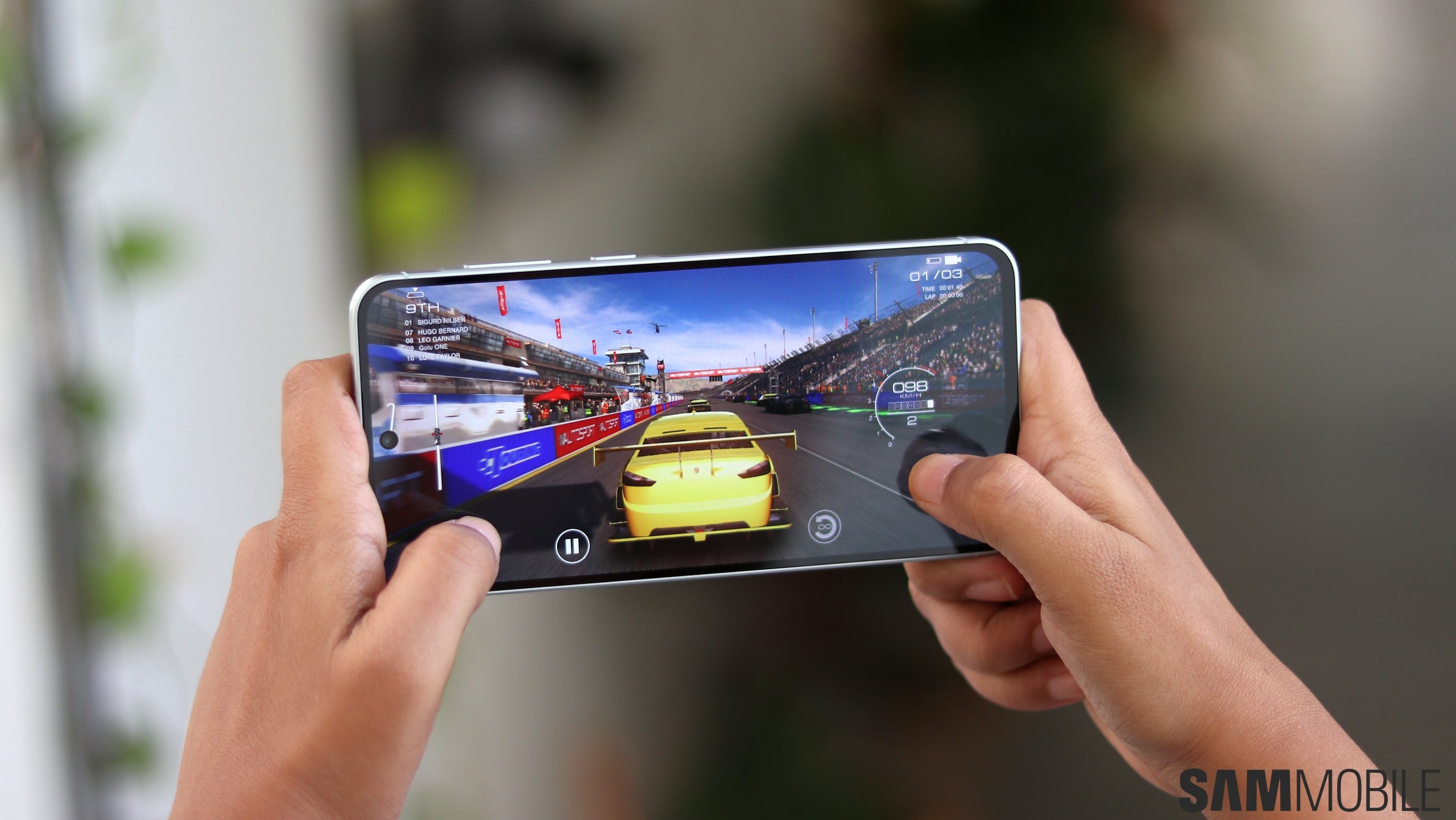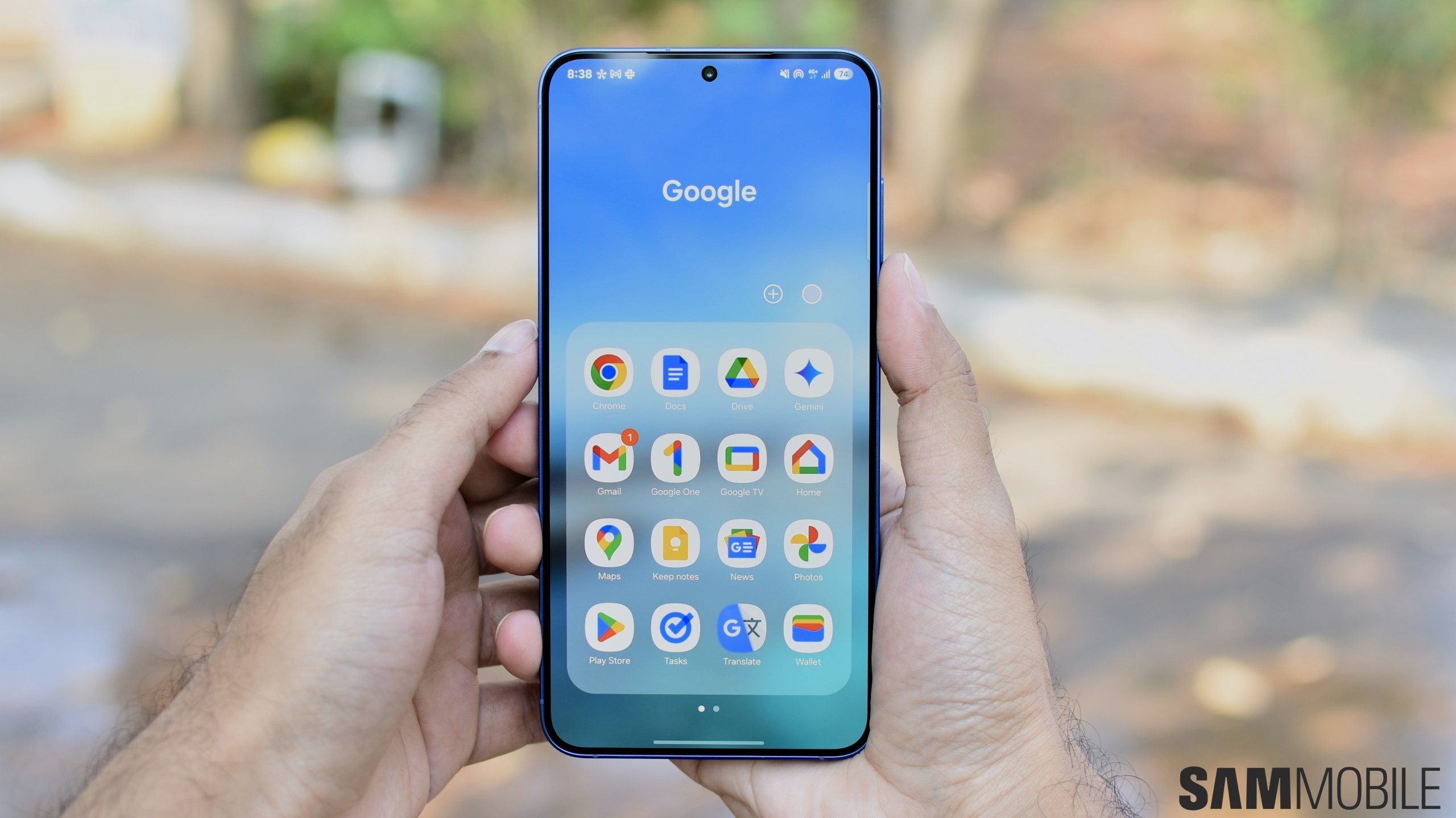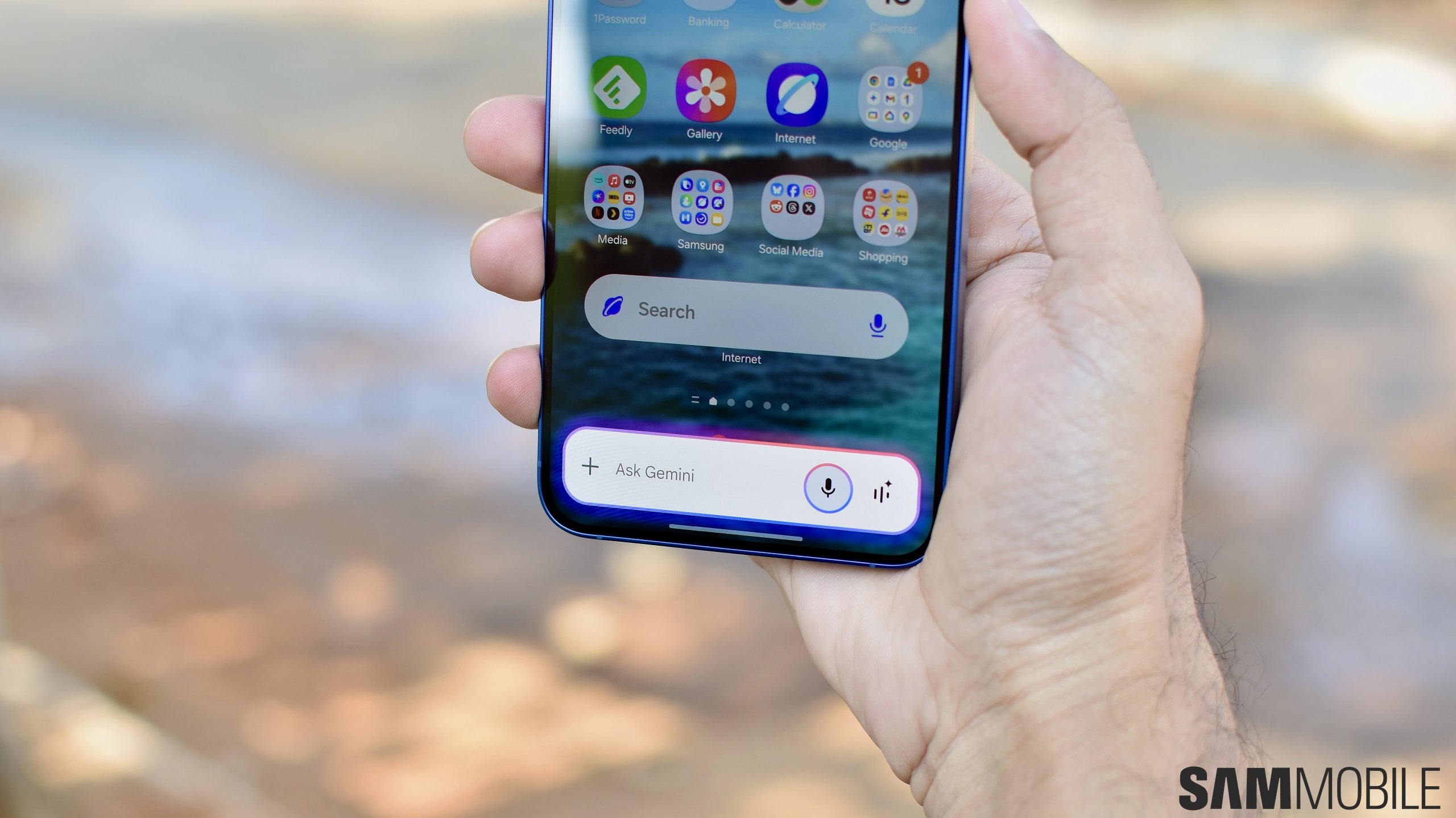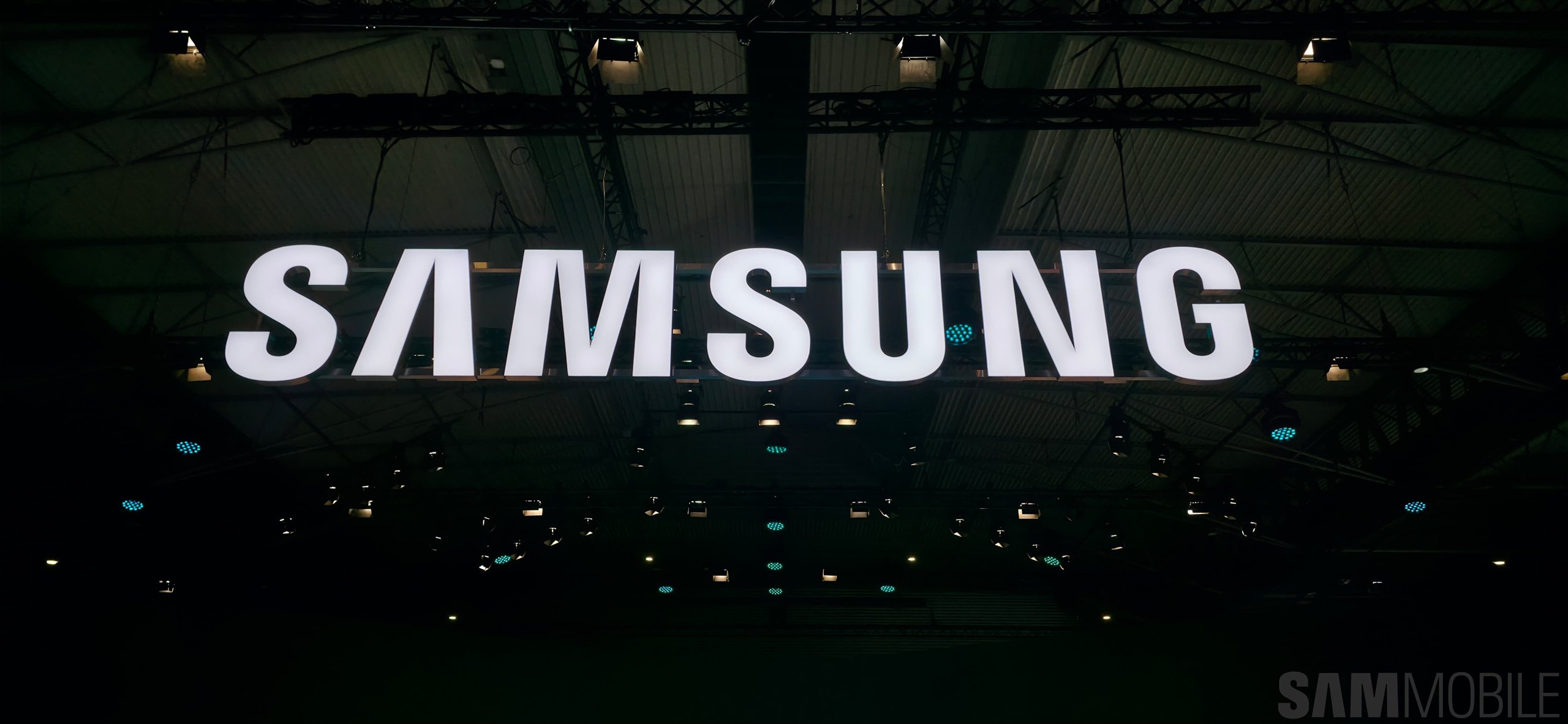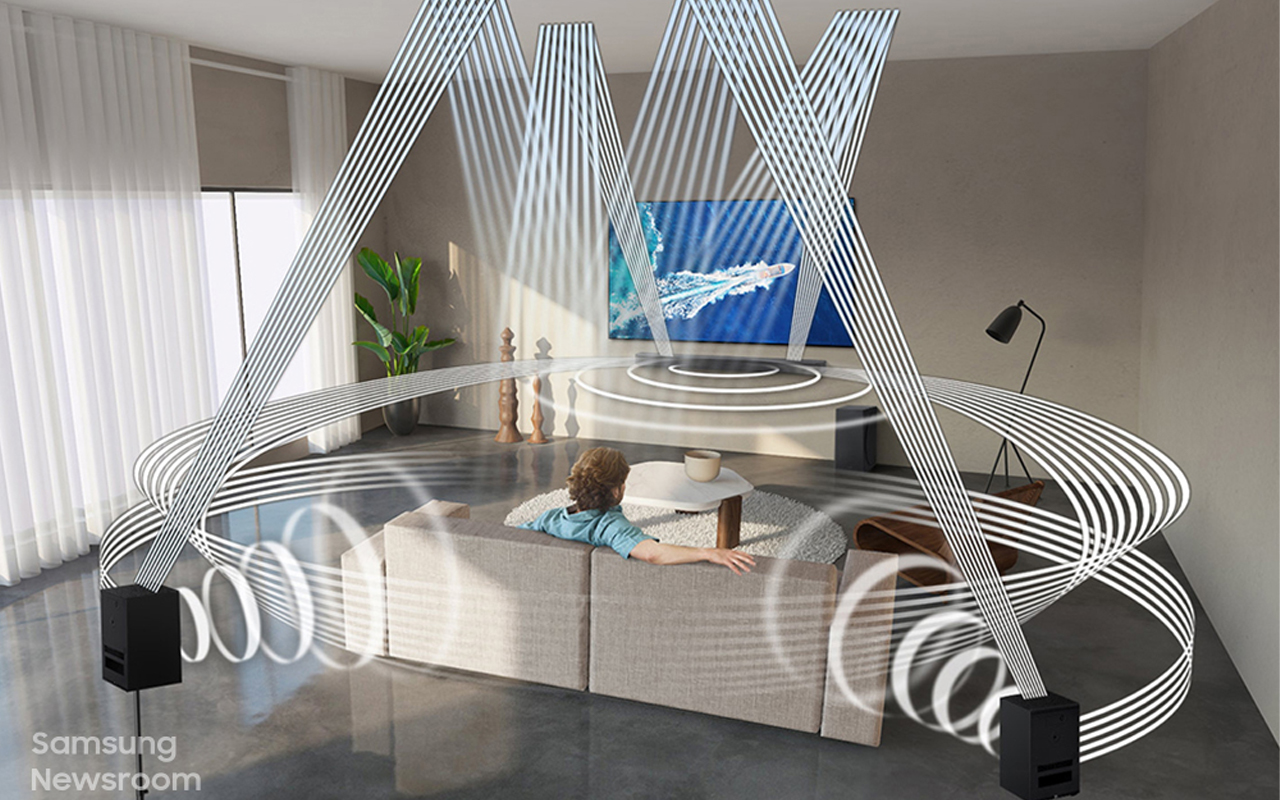
While traditional 5.1 and 7.1 surround sound setups express sounds horizontally, Dolby Atmos enables sound to be directed upwards and bounce off the ceiling for a more immersive and lifelike experience, which is one of the reasons why it has become increasingly popular in movie theaters. Home audio products support Dolby Atmos as well, including pretty much every Samsung Galaxy smartphone launched after 2018, but its proprietary nature results in added costs for any product that is certified for Dolby Atmos.
That's where IAMF comes in. It's an open-source technology that does everything Dolby Atmos can, including firing sound both horizontally and vertically, while adding features like AI-based analysis for more accurate detection of where audio is coming from in a scene. It can also emphasize certain audio elements, such as dialogue in films, games, and other media, for higher clarity and flexibility.
IAMF, which may or may not be the final name, will start showing up on Samsung TVs and audio systems/soundbars in 2024, though Samsung isn't revealing which devices will get it. Any Samsung TV or audio system that supports firmware upgrades and has the requisite hardware for 3D audio should technically be able to support IAMF, but the company will likely limit support to select products.
IAMF will also be coming to YouTube later this year, though it's likely to be limited to mobile and TV apps and may not work on the web version on popular browsers like Google Chrome, which only support stereo output. Even the YouTube app for TVs, including those that run Google's Android TV operating system and Samsung's Tizen OS, doesn't always support multi-channel audio, though hopefully that will change with the arrival of the IAMF format.
Image credit: Samsung












